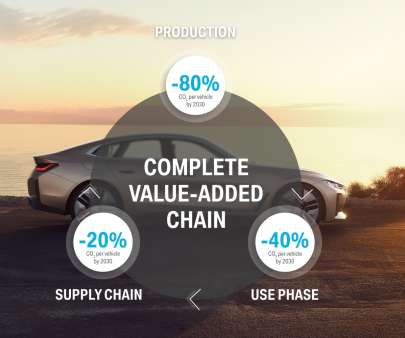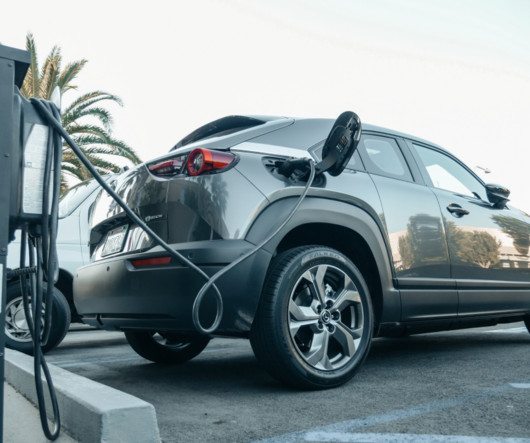California Governor’s Office releases 2013 ZEV action plan; 1.5M ZEVs on CA roadways by 2025
Green Car Congress
FEBRUARY 7, 2013
For the purposes of the executive order and action plan, ZEVs include hydrogen fuel cell electric vehicles (FCEVs), battery electric vehicles (BEVs), and plug-in hybrid electric vehicles (PHEVs). In 2015, 10% of state departments’ light-duty fleet purchases must be ZEVs, climbing to 25% of light duty purchases by 2020.





















Let's personalize your content